This post is prompted by a recent comment at a workshop I gave. An attendee came up and thanked me for a remark I made during the session that the medicinal part of Echinacea is the root (dig the root, kill the plant!) and I that I would rather enjoy the flowers in my garden for all their other qualities, so I purchase Echinacea capsules to use as medicine. She said she always wondered how people grew Echinacea in their garden, yet still used it as medicine. She was confused what part of the plant to use.
 Coneflower is one of the common names for Echinacea. There are some species that are more familiar to gardeners than others, so let’s take a minute to get to know more about this herb. It is multi-faceted in history, medicinal qualities and garden use.
Coneflower is one of the common names for Echinacea. There are some species that are more familiar to gardeners than others, so let’s take a minute to get to know more about this herb. It is multi-faceted in history, medicinal qualities and garden use.
Native Plant and Medicine
Maybe you know this plant by its familiar drooping pink petals held tight by a cone in the center. There are 9 species native to prairies and meadows of central to southeastern United States. Native Americans revered it as a strong and valuable medicine. The roots were chewed, macerated and made into tea for use as an immune system boost to heal infection, insect and snake bites, fevers, burns and other conditions that weaken the body. It has been studied widely and found to be a respected non-specific immune system stimulant. The best form of the plant to use as medicine is the root, because that is where its healing properties are most concentrated. E. purpurea has been studied the most and is the easiest to cultivate. Other species widely studied and used as medicine include E. angustifolia, E. pallida, and the endangered E. tennesseensis. Grow your own medicine, seeds for some of these rare beauties can be found here: www.rareseeds.com
Meadow Makers
Design a meadow! The careful choice of plants that mingle and not dominate one another is the key to success. The plants must have the same cultural needs and ideally minimal care and watering so they do not have to be overly maintained and trampled through. Visual excitement is carried through the season by plant choices. Add elements for all seasons and flowering succession. Design coneflowers into meadow gardens with other family members of the Asteraceae [formerly Compositae] plant families, like Shasta daisies, Asters and black-eyed Susan for visual ribbons of blooming color through the summer.
Meadow design made simple:
Here is an easy design method to add color, repetition, and texture and create your own paint by number meadow.
-Decide on one or two groupings of three perennial varieties, add an ornamental grass variety to the mix. All the plants need to have the same cultural requirement for sun or shade and watering.
-Draw a series of triangles on a piece of paper. Place symbols for each plant in a group per triangle.
– Alternate the two groupings (or just one) and repeat the same pattern. Mix the placement of plants within each triangle to give a less structured appearance. The pattern can be repeated as needed to fill in a space.
 Examples:
Examples:
a perennial mix of three:
Echinacea ‘Ruby Star’, Sedum ‘Autumn Joy’ and Lavender ‘Twickel Purple’ (pictured)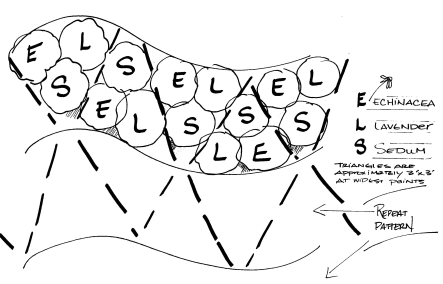
or add an ornamental grass to the mix: Echinacea p. ‘Magnus’, Rudbeckia ‘Goldsturm’, Liatris ‘Kobold’ and Blue Oat grass (Helictotrichon sempervirens)
Fabulous Summer Bloomers
Echinacea purpurea cultivars are a nice garden perennial for many reasons. They are drought tolerant, deer resistant and withstand poor soil. Here are some favorite performers in the garden. Magnus, Kim’s Knee High, White Swan, Ruby Star, Lilliput and Fragrant Angel. Lately, Echinacea’s have become perennial plant breeder’s darlings, and there are many new introductions in garden centers. The plant breeding has produced varieties that have deep, rich color mixes and flat sprays of petals that don’t droop. I will be honest and say that I am not a fan of the newer varieties on the market because I find they not the tough performers that some of the tried and true varieties are. But, if you are intrigued by the latest introductions, here are a few I would take a second look at. ‘Mama Mia’, Merlot, Sunbird and Fatal attraction.
 Birds, Bees and Butterflies
Birds, Bees and Butterflies
Coneflowers cause a stir with insect and birds in the garden. The flowers are nectar to butterflies and bees. On a hot summer day, you will find the flowers waving as butterflies’ flutter over them and on cool mornings you will find bees slow and lingering on the cones as if they have camped there overnight. I love to leave the cones on the plants after the petals have faded. The birds, especially finches, will pick at the seed heads over the fall and winter.
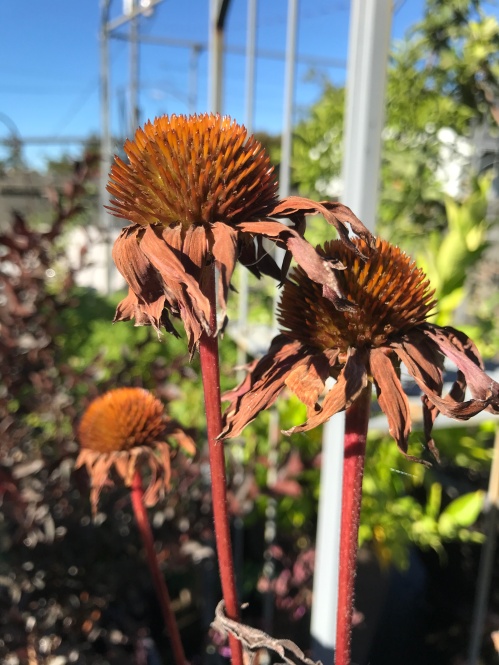
Cutting Garden Flower
The strong sturdy stemmed varieties with large flat rays make long-lasting flowers for fresh-cut bouquets. The center cones left behind after the petals dry are nice texture in fall arrangements. Varieties to grow for cutting gardens: Mama Mia, Merlot, Ruby Giant,
For further Echinacea exploration:
Plant Varieties: https://www.plantdelights.com/blogs/articles/purple-coneflower-echinacea-purpurea-plant
http://www.terranovanurseries.com/gardeners/echinacea-c-82_22.html
Medicine: http://www.umm.edu/health/medical/altmed/herb/Echinacea

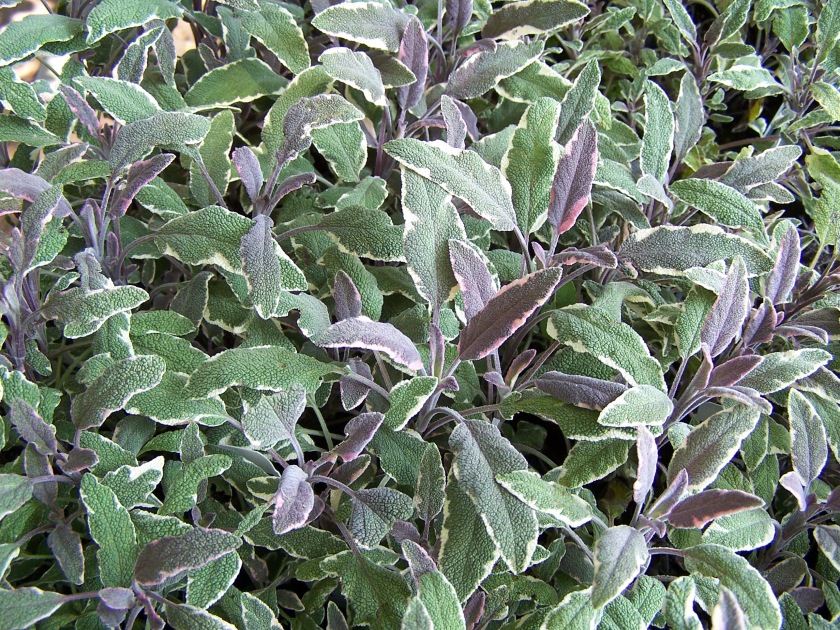

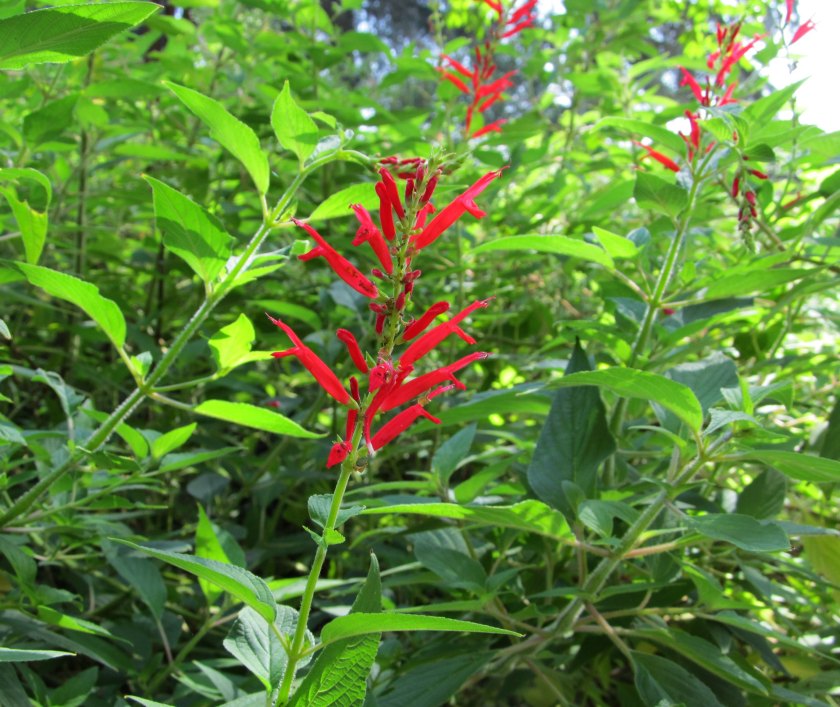

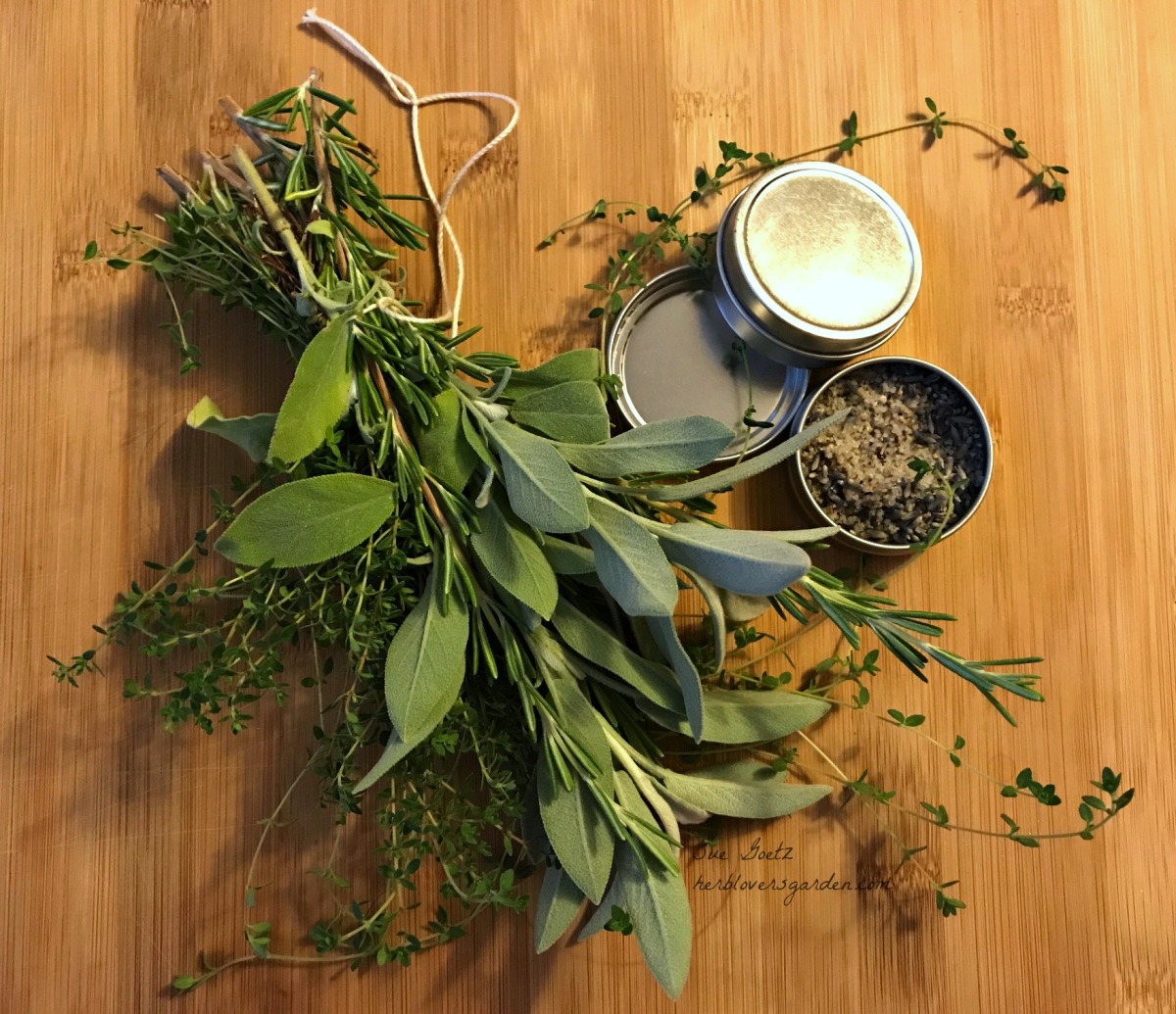
 Perk up salads, make your own meat rubs and sweeten up your Iced tea with herbs from your garden. These recipes from my seminar at the
Perk up salads, make your own meat rubs and sweeten up your Iced tea with herbs from your garden. These recipes from my seminar at the 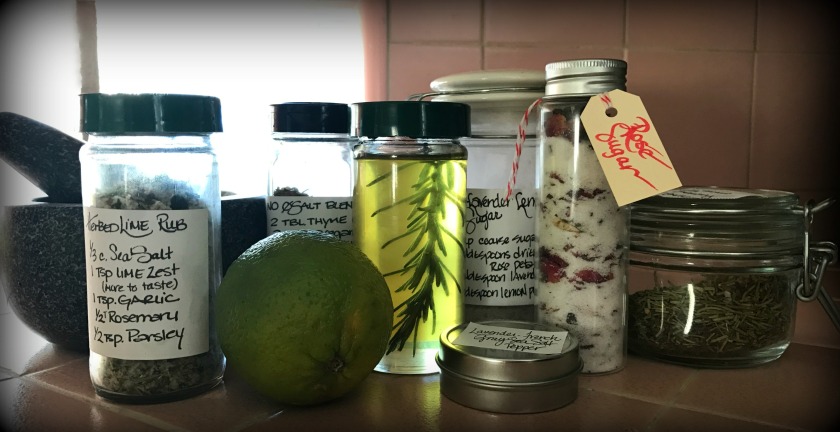 Herbed Lime Rub
Herbed Lime Rub Create your own Signature Blends
Create your own Signature Blends
 Cool Down with these simple remedies from the garden.
Cool Down with these simple remedies from the garden.